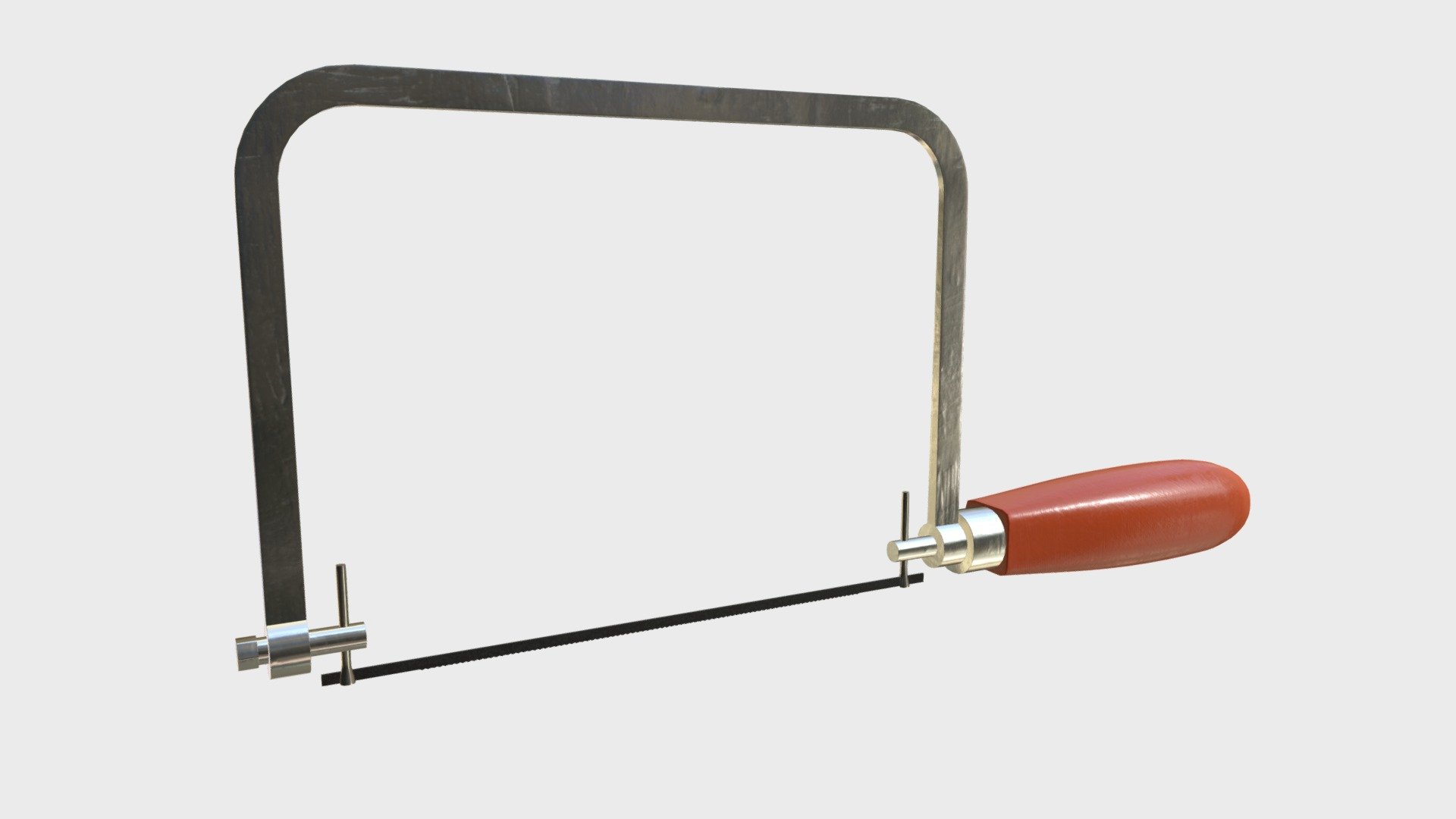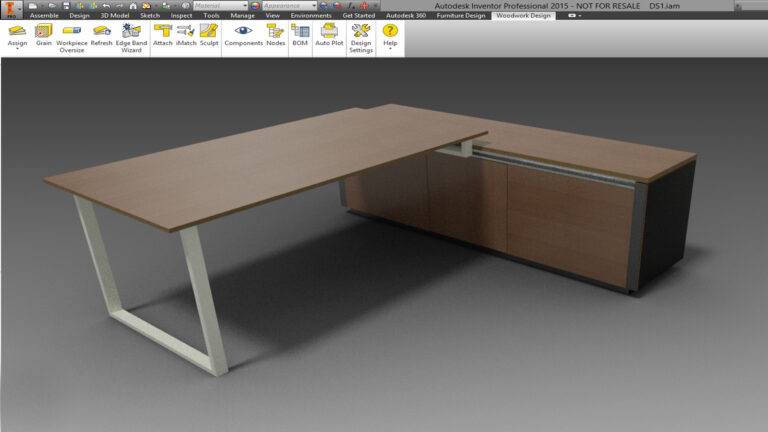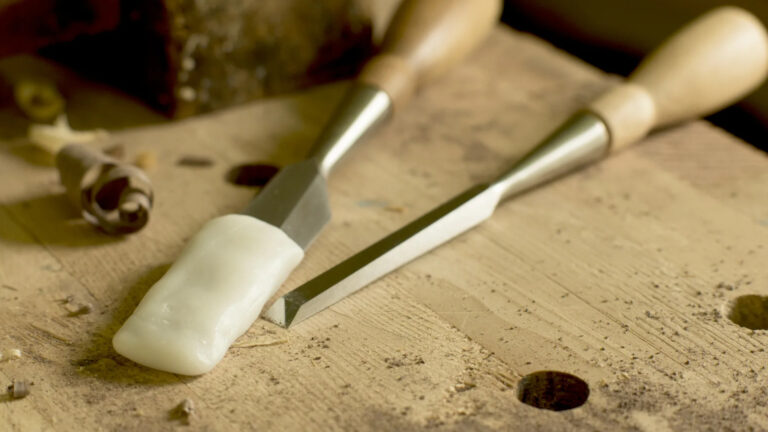A jigsaw is a hand or electric tool for curly cutting or sawing all kinds of materials such as ceramics, glass, plastic, and, of course, wood.
It is especially widely used in joinery: it can be used to cut plywood, fiberboard, chipboard, and raw wood. Cuts can be both simple, and complex, and curly. To create unique wooden products, it is imperative to understand how to work with a jigsaw and wood.
How to work with a hand jigsaw

The hand tool consists of a saw with teeth, a fastening mechanism, and a frame. It loses by comparison to electric devices in cutting speed, and it requires significant physical effort. Nevertheless, it is indispensable for those who want to improve their skill in the art of woodworking. Only with the help of such a tool, you can cut out complex small details and decorative elements. Such work with a jigsaw on wood will be quite difficult for beginners, but it is useful for developing skills in working with wood.
How to use with a jigsaw on wood
In the modern world, hand jigsaws are giving way to electric ones. Jigsaws are easy to use and have a high cutting speed. Even a novice woodworker can handle an electric tool. Manufacturers produce two options for electric jigsaws: for household and professional ones. When choosing a tool, it is important to take into account the thickness of the workpiece and the desired result.
To cut wooden pieces, you need a standard file with a tooth pitch from 2.5 to 4 mm. The stroke frequency sets to the maximum and the pendulum stroke is additionally switched on, but only if crude household work is needed, and not fine exquisite workmanship. In order not to ruin the work, cut the workpiece with pre-marked markings along the backside. It is necessary to guide the tool smoothly, without making sudden movements, without applying force to push forward, especially when the pendulum mechanism is on — during the cutting process, the jigsaw itself moves through the material.











